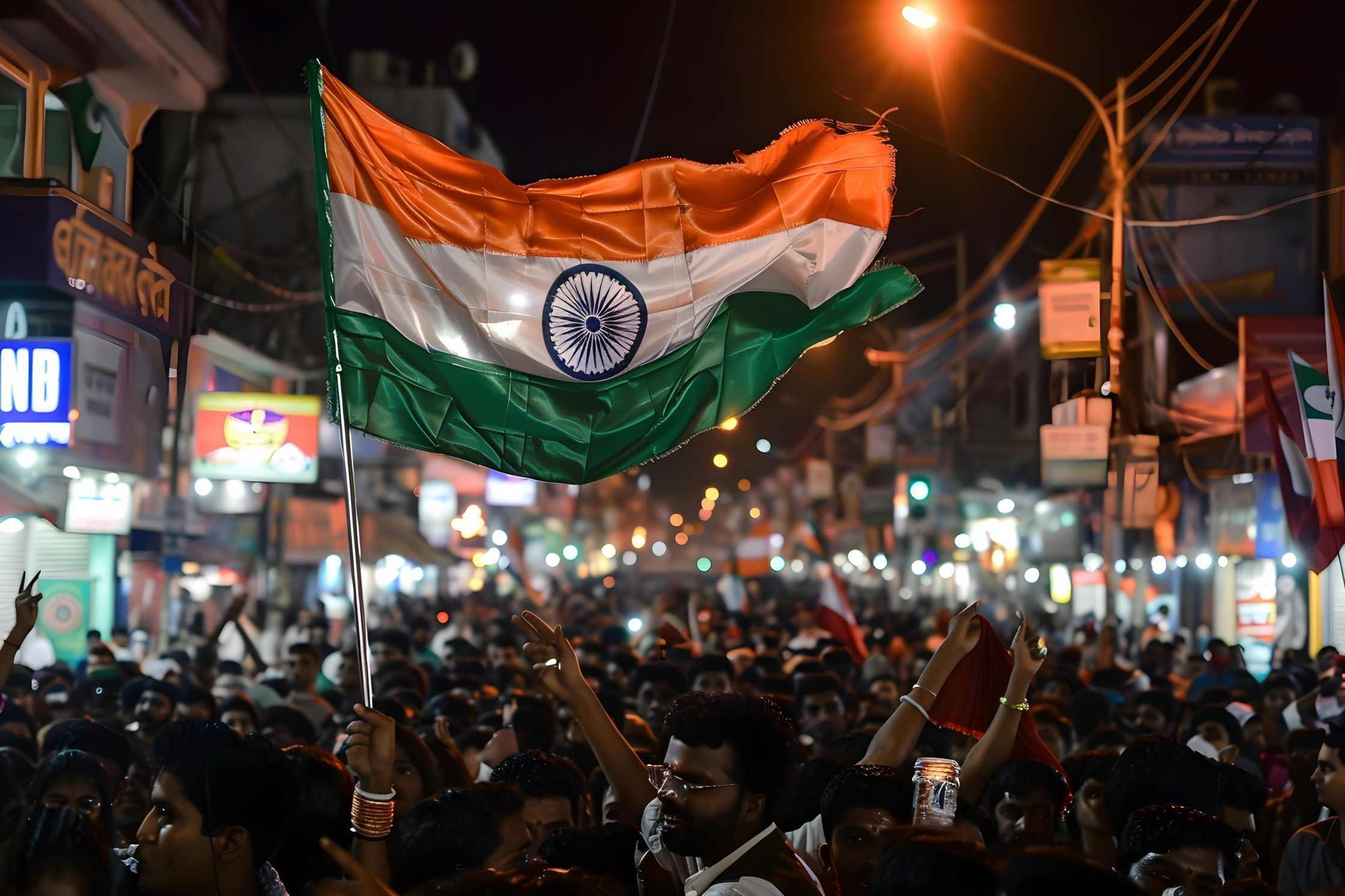The Balnibari Cucumbers
We’ll get back to last week’s events in a moment…but first, let’s go to Balnibari in a bid to better understand what’s been happening. Members of the Lagado Grand Academy in Balnibari, of course, are conducting all sorts of experiments which involve (amongst other things) cucumbers…What do you mean, you’ve never heard of Balnibari…bear with me a moment. The purpose of these experiments is to extract sunbeams from cucumbers, store the sunbeams in hermetically sealed flasks, and then sell them off later to the government to warm up the air when the weather gets cold. And if it’s half as cold in Lagado as it is now in London, the whole thing should be a roaring success. Except, of course, that it won’t be because the cucumbers are a creature of Jonathan Swift’s imagination. Read on from the Lilliput chapter (we all know about Lilliput), meander forward two hundred pages, and you’ll come across our hero living it up in the closing sections of Gulliver’s Travels… in Balnibari.
But back (as promised) to last week’s events, and here’s the point…Jonathan Swift was a particularly clever fellow, and he knew perfectly well that you can’t get sunbeams out of a cucumber (of course he did). And he knew too that the whole wooden-headed project was totally absurd. But he also understood that some folks are never content just to enjoy a cucumber for what it is…amongst other things, as a tasty accompaniment for roast chicken on a sandwich. No, these vexatious types always want to tear the cucumber apart, rip out its insides, and generally try to find out how it does what it does. But there’s simply no point… the point is to let the cucumbers carry on doing what they do, if only because they do it so well. That’s what Jonathan Swift understood, and it’s what the Balnibari cucumbers are all about.
It’s impossible to say, of course, whether Lemuel Gulliver ever made it to India. I like to think he did, but bearing in mind that he’s a fictional character and all…well, it’s impossible to say. Nevertheless, the breathless reporting coming out of India last week reminded me a lot of those Balnibari cucumbers.
Headlines screamed out that Narendra Modi had lost his outright majority for the first time in ten years. Polls, political pundits, and psephologists were all equally confounded, and it looked like Congress had staged the most astonishing recovery since Robbie Williams went solo. The same headlines screamed warnings of chaotic change: “The Mirror has Cracked”, they yelled, and (oddly) “The Bulldozer has Brakes” (is there another kind of bulldozer?). But, even so, is that really how things look on the subcontinent now? Is that really the way things are?
A Talking Tendency and an Unbroken Mirror
Quite frankly, India has never been a stranger to coalition government, if only because it has long been underpinned by such a strong tendency to talk to itself. Between 1989 and 2004, six separate elections failed to produce a majority government, and that resulted in eight separate coalitions, which, in itself, is scarcely surprising given the subcontinent is the world’s biggest democracy. This year’s election alone witnessed six national parties, 57 state parties, and no less than 2,764 unrecognised parties, each putting up candidates for office, so India’s vote is by nature fragmented. It’s certainly not a two-party system, and coalition government is a political reality, even for someone of Mr Modi’s longevity.
Add to this that the two parties the BJP is most dependant on in its current coalition are the Telugu Desam Party and Janata Dal, which have 28 seats between them, and each of whose leaders previously served in a BJP (Modi led) government: so there’s hardly anything novel about this latest partnership either. Far from the mirror cracking, this is pretty much the same old mirror… the same bulldozer with the same old brakes, despite the best efforts of hyperventilating headline writers.
This brings us naturally to the third and perhaps most important point.
India’s economy is currently projected to grow by 6.5% over the course of this year (www.unctad.org), and during the entire period of BJP’s tenure since 2014, it has consistently returned 7% GDP growth year on year (even allowing for the pandemic). As a result, the subcontinent has jumped from eighth to fifth place in the global league tables and is now the fastest-growing large economy on the planet. Global manufacturers have been steadily shifting their operations there, and India has become a global manufacturing hub: driven ever onwards by a radical expansion in public and private sector investment programmes.
On any basis, those aren’t achievements to be lightly discarded: ripped apart to minutely determine how we got here in the first place, with their insides torn out in search of sunbeams…just like a Balnibari cucumber. And that’s exactly what first struck me when I heard the news from India last week.
Red Ribbon Asset Management
India has been at the heart of Red Ribbon Asset Management’s operations for more than a decade now (www.redribbon.co): shaping its successful investment strategies in combination with an unparalleled knowledge of the Subcontinent’s markets: delivering higher than average investor returns, and looking after the Planet and People in the process.
Executive Overview
I wonder how much has really changed following last week’s news from India, and whether, indeed, profound change is really what we need at the moment.
Invest in Red Ribbon Asset Management

Red Ribbon Asset Management (www.redribbon.co) aims to harness the full potential of fast evolving and emerging technologies to meet the needs of global communities as part of a circular economy, fully recognising the compelling demands of planet people and profit.







.jpg)
Leave a Reply